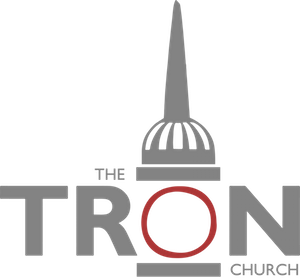"And you shall make a veil of blue and purple and scarlet yarns and fine twined linen. It shall be made with cherubim skillfully worked into it. And you shall hang it on four pillars of acacia overlaid with gold, with hooks of gold, on four bases of silver. And you shall hang the veil from the clasps, and bring the ark of the testimony in there within the veil. And the veil shall separate for you the Holy Place from the Most Holy. You shall put the mercy seat on the ark of the testimony in the Most Holy Place. And you shall set the table outside the veil, and the lampstand on the south side of the tabernacle opposite the table, and you shall put the table on the north side. "You shall make a screen for the entrance of the tent, of blue and purple and scarlet yarns and fine twined linen, embroidered with needlework. And you shall make for the screen five pillars of acacia, and overlay them with gold. Their hooks shall be of gold, and you shall cast five bases of bronze for them.
Exodus 26:31-37
The inner veil and outer hanging are now described. The first of these has particular significance for us as specific reference is made to it in the New Testament, for it is the veil which in the Temple of our Lord's Day was rent in twain from top to bottom when He died on the cross. That it was rent from the top downwards is meant to teach us that it was an act of God more than of man, and that it was He Who consecrated a new and living way into His presence for sinful man through the rending of Christ's body (Hebrews 10:20) in the sufferings of the Cross. Thus the veil which acted as a barrier in the old economy (the high priest only was allowed to penetrate beyond it, and that but once a year, on the Day of Atonement) becomes, by its rending, an open door for all believers into the presence of God, and into fellowship with Him. The Old Testament picture therefore, while suggesting fellowship with God, points beyond itself to the ultimate and only possible realisation of what it promised, in Christ.
The pillars for the outer hanging were also overlaid with gold but the sockets were of brass (bronze) not silver. Brass speaks of divine judgment (cf Numbers 21:9), and it is therefore significant that here, at the threshold of the holy place, we are reminded as also by the brazen altar of burnt offering and the laver of brass, that entrance into fellowship with a holy God is through judgment as well as mercy. The cross of Christ constitutes the supreme display of the divine mercy precisely because it reveals also the reality of the divine judgment on sin.
